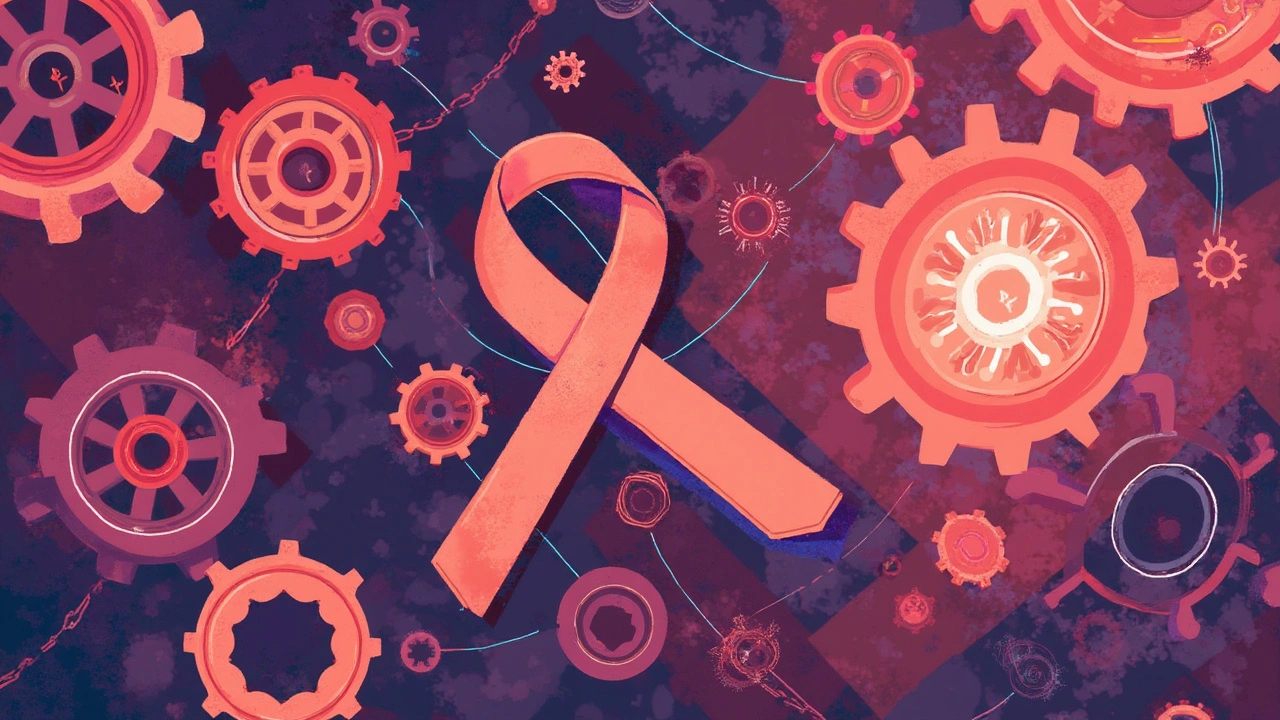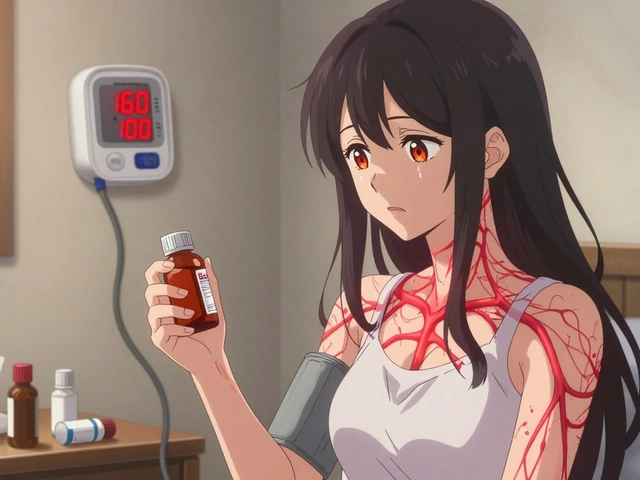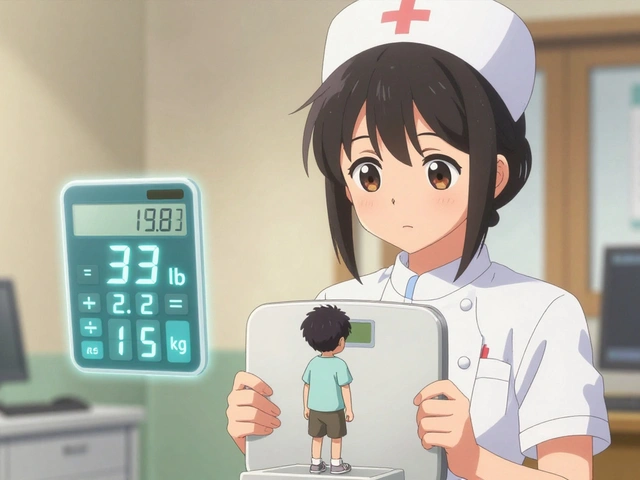Sexually Transmitted Infections – Quick Facts, Symptoms, Testing & Prevention
STIs are infections you can catch through sex. They range from harmless to serious, but most are treatable if you catch them early. Knowing the basics can save you a lot of trouble, so let’s break it down in plain language.
What Are STIs and Which Ones Are Most Common?
Sexually transmitted infections (STIs) include viruses, bacteria, and parasites that spread during vaginal, anal, or oral sex. The most common ones you’ll hear about are:
- Chlamydia – often has no symptoms but can damage your reproductive system.
- Gonorrhea – similar to chlamydia, can cause painful urination.
- Human papillomavirus (HPV) – many strains, some cause warts, a few can lead to cancer.
- Herpes (HSV‑1 and HSV‑2) – causes recurring sores, spreads even when sores aren’t visible.
- Syphilis – starts with a painless sore, later can affect heart and brain.
- HIV – weakens immune system, needs lifelong treatment.
There are others, like trichomoniasis and hepatitis B, but these six cover the bulk of cases you’ll see in clinics.
How to Spot Symptoms and When to Get Tested
Symptoms vary a lot. Some STIs show up right away, others stay hidden for months. Look out for these signs:
- Painful or burning urination.
- Unusual discharge from the penis or vagina.
- Sores, bumps, or warts in the genital area or mouth.
- Itching or irritation around the genitals.
- Flu‑like symptoms (fever, sore throat) that don’t go away.
If you notice any of these, or if you’ve had unprotected sex, get tested ASAP. Testing is quick: a urine sample, a swab, or a simple blood draw. Many clinics offer free or low‑cost testing, and you don’t have to wait for symptoms to appear.
Even if you feel fine, regular screening is smart. The CDC recommends at least once a year for sexually active adults, plus more often if you have multiple partners or new partners.
When you get tested, ask for a full STI panel. It’s cheaper and catches co‑infections that might otherwise slip through.
Remember, you’re not alone. Health professionals are used to these conversations and won’t judge.
Now that you know what to watch for, let’s talk about staying safe.
Prevention Tips That Actually Work
The best defense is simple: use condoms or dental dams correctly every time you have sex. They cut the risk of most STIs by more than half.
Get vaccinated for HPV and hepatitis B. The HPV vaccine protects against the strains that cause most cancers, and you only need a few shots.
Talk openly with partners about STI status and testing history. Honest conversations feel awkward, but they prevent a lot of worry later.
Limit the number of sexual partners if you can, and avoid sharing sex toys without cleaning them.
If you’re on pre‑exposure prophylaxis (PrEP) for HIV, keep your follow‑up appointments. PrEP is powerful, but regular testing is still needed.
What If You Test Positive?
First, stay calm. Most STIs have effective treatments. Bacterial infections like chlamydia, gonorrhea, and syphilis disappear with antibiotics. Viral infections like herpes, HPV, and HIV need medication to control them, but they’re manageable.
Follow your provider’s prescription exactly, finish the whole course, and avoid sex until you’re cleared. Let your recent partners know so they can get tested too.
Use the portal’s resources to learn more about each infection. We have guides on medication options, side effects, and lifestyle tips to keep you feeling good while you’re on treatment.
Bottom line: knowledge, testing, and protection are your three best tools against STIs. Keep them handy, stay honest with yourself and partners, and don’t skip the check‑ups. Your health is worth the effort.
Exploring how AIDS relates to other sexually transmitted infections is key to understanding potential health risks. This article uncovers links between AIDS and STIs, providing crucial insights into the interactions. Learning about these connections can guide safer choices and preventive measures. The synergy between HIV and STIs poses unique challenges that require attention. Get equipped with the essential facts and find practical tips for protection.
Continue reading





